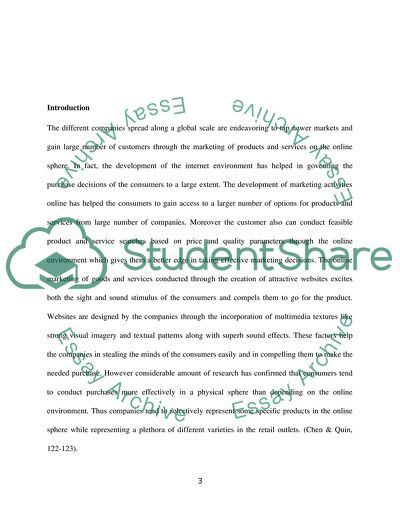Cite this document
(Perceptual Factors that Affect Consumer Decision Making Essay - 1, n.d.)
Perceptual Factors that Affect Consumer Decision Making Essay - 1. Retrieved from https://studentshare.org/marketing/1750577-discuss-and-critically-analyse-the-perceptual-factors-that-affect-consumer-decision-making-in-2010
Perceptual Factors that Affect Consumer Decision Making Essay - 1. Retrieved from https://studentshare.org/marketing/1750577-discuss-and-critically-analyse-the-perceptual-factors-that-affect-consumer-decision-making-in-2010
(Perceptual Factors That Affect Consumer Decision Making Essay - 1)
Perceptual Factors That Affect Consumer Decision Making Essay - 1. https://studentshare.org/marketing/1750577-discuss-and-critically-analyse-the-perceptual-factors-that-affect-consumer-decision-making-in-2010.
Perceptual Factors That Affect Consumer Decision Making Essay - 1. https://studentshare.org/marketing/1750577-discuss-and-critically-analyse-the-perceptual-factors-that-affect-consumer-decision-making-in-2010.
“Perceptual Factors That Affect Consumer Decision Making Essay - 1”, n.d. https://studentshare.org/marketing/1750577-discuss-and-critically-analyse-the-perceptual-factors-that-affect-consumer-decision-making-in-2010.


